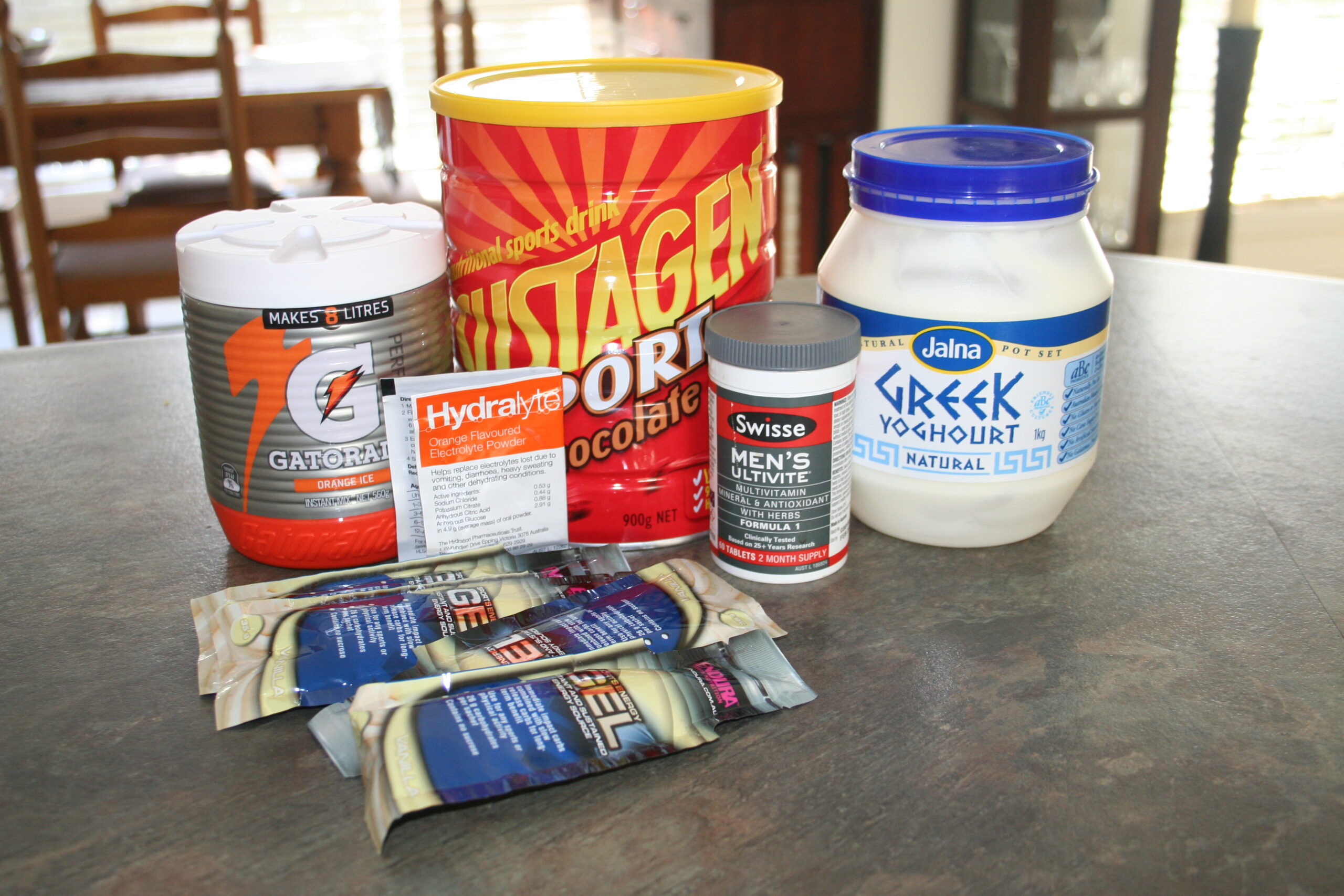



Values elicitation is a process that can have a powerful impact on your life.
You will discover what your current values are – a process that few people have ever even contemplated prior to working with a coach – and the results you are achieving in your life as a consequence.
Those results may or may not be outcomes that make you happy, satisfied or fulfilled.
With your coach, you will discuss the results you DO wish to have in your life, set clear and specific goals and then elicit the values that you will need to focus your energies on to obtain those outcomes/goals.
The process ensures the chosen values enable you to consistently deliver the outcomes and results you want in that area. Depending on the number of values that need to be swapped, this process may take between 3 to 6 rounds to ensure each new value is instilled correctly.
Your values exist deep in your unconscious – as a result, you may or may not be aware of what yours are – but they are the key to defining your basic personality and identity.
Your values and beliefs are the catalyst for your behaviours – both those you are consciously aware of and those you are not. Values and beliefs can create cycles of behaviour that may or may not be helpful to you; by changing or reorganising the cause of behaviour (your values) you will get results you do want.
Values are created, in the main, from our own experience and from the external influences in our early lives. By age 7 you will already have a set of values and beliefs, many of which you will take with you into adult life. We each have a choice whether we wish to ‘take on’ the values of others: parents, siblings, teachers, friends – this process is the opportunity to make any changes.
Examples of values are:
| freedom | security | happiness | fun |
| recognition | acceptance | dependability | accountability |
| integrity | adventure | work/life balance | challenge |
| affection | fairness | travel | openness |
Depending on your goal, different values will take precedence over others creating a hierarchy of values. Those at the top of your hierarchy are more likely to drive your behaviours and are more likely to cause frustration, sadness or disappointment if they are somehow ignored or compromised. For instance, in today’s society, security is given a high priority driven by insurance marketing and legacy career ideology. A disproportional focus on security can quash work/life balance, freedom, and adventure.
With new values, you achieve:
Step 1: Record your current values and prioritise
Choose from the list below and then prioritise the top 5. Be ruthless, only 5!
|
|
|
|
|
Step 2: Analysis of your current values against your day-to-day actions
Review the values against work current everyday actions, decisions and priorities. Pay particular attention to where your focus is on weekdays, when weekends. Seek contradictions.
For example: if “Love” and “Family” are high on the values, but your everyday life prioritises work, and you have little time to hang with the kids, then maybe “Security” is the value you are really focusing on? Or maybe you are not honouring the “Family” value? Your call!
Step 3: Classify your values as positive vs negative or defensive vs growth
Review your values and classify the ones the bring you joy, fulfilment or growth as positive. Then classify those which will slow you down as they are protecting where you are now. For example Security, reputation, stability, popularity.
Step 4: Match your values to your “ideal day” goals and add any positive values needed to achieve
Now match your positive values with you ideal day goals. Do they support your vision of your ideal day? If not, you have a gap you need to resolve. Do the same for the negative values, will they stop you from achieving?
Step 5: Re-prioritise you values with a focus on positives and growth
The next is to review steps 1 through 4. Adjust the values, priorities, ideal day ensuring they are balanced, achievable, but a stretch. Be thorough and ruthless, this will set your focus for the next 9 months to a year.
Step 6: Implement new values and for the next 21 days review your everyday actions against these.
Print out the ideal day and the values place them in prominent places. Review your daily actions and decisions against these daily for the next 21 days, then weekly. I also recommend getting in the habit of creating a top 5 actions every week to take you closer to your ideal day. Revise weekly keeping yourself accountable.
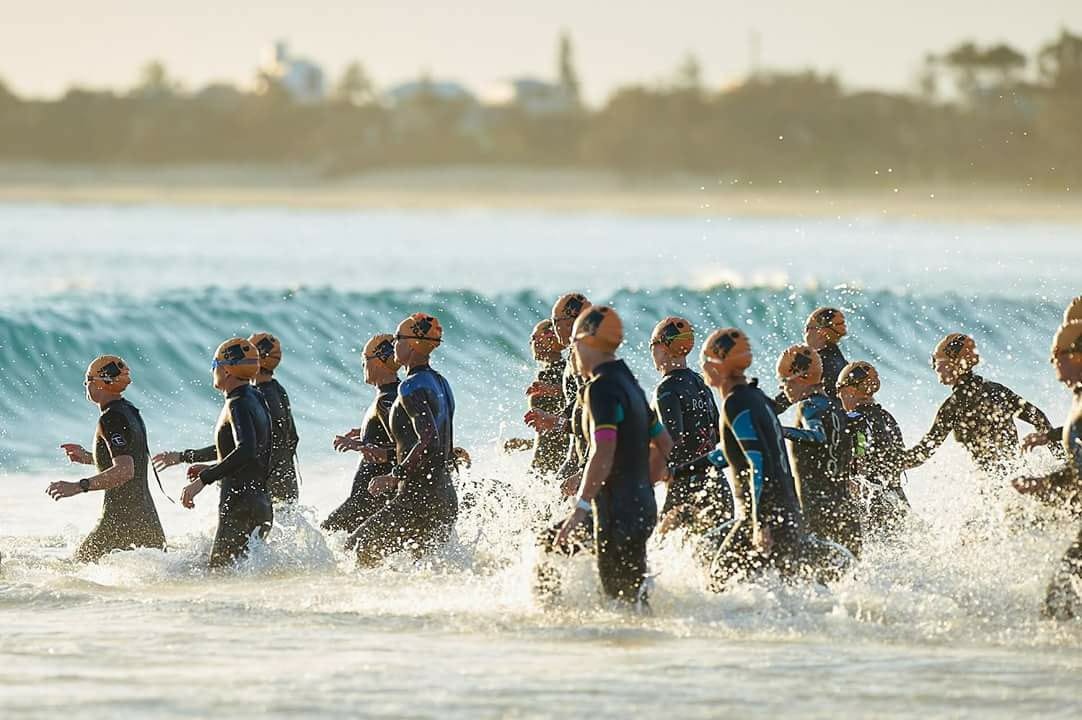
Have you ever thought how your performance would improve with a training program personalised around you? Your fitness level, your availability and your specific goals? What if such a program was accessible, fully personalised at a reasonable cost?
For Sunny Coast 70.3 we are introducing a 12 week individualised program to assist you in getting the best result, designed specifically for you. Read More
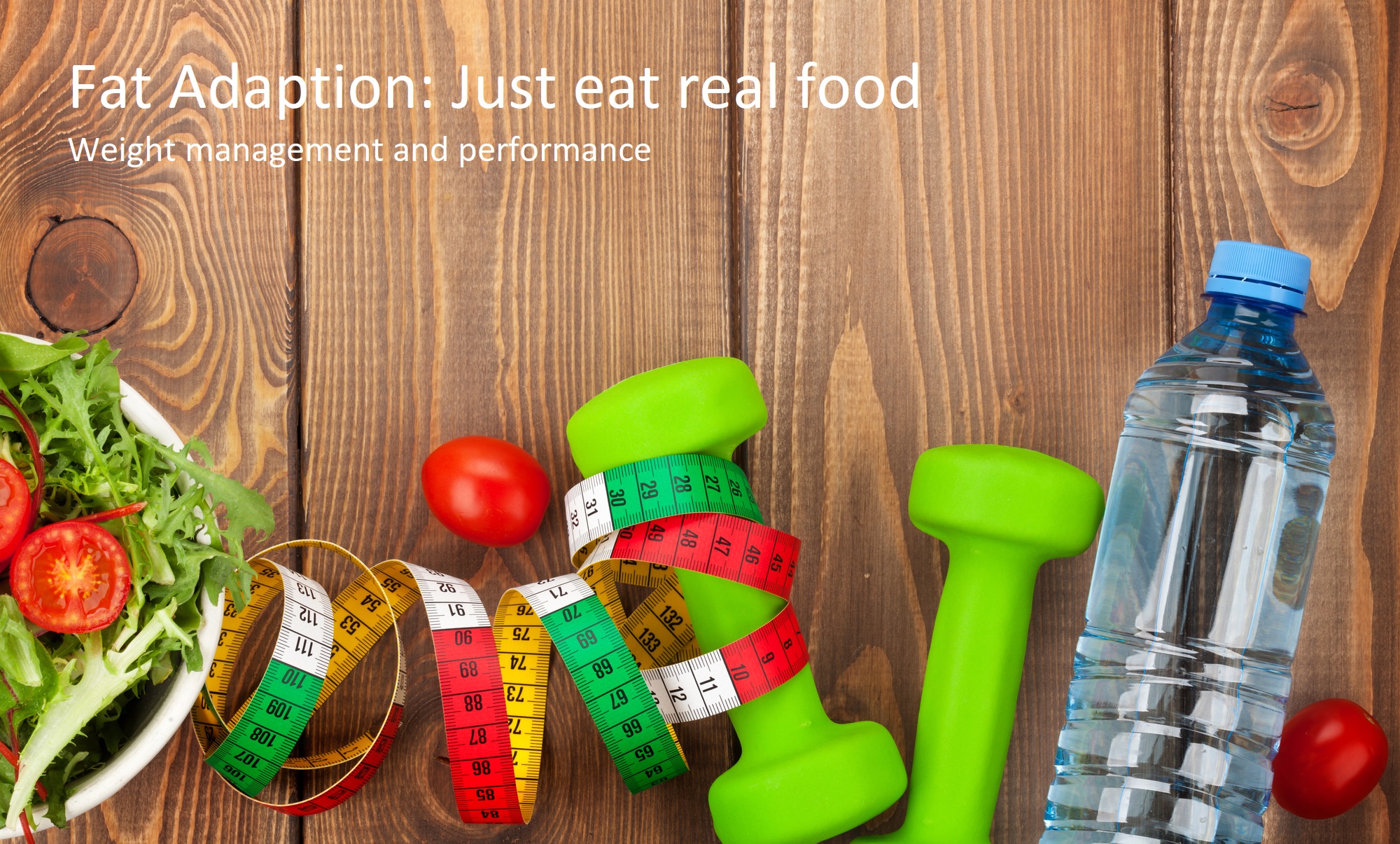
Many in the low carbohydrate movement say the energy in, energy out equation does not work and ultimately leads to weight gain. This is true for those that are not metabolically flexible and cannot use fat for energy efficiently. Read More
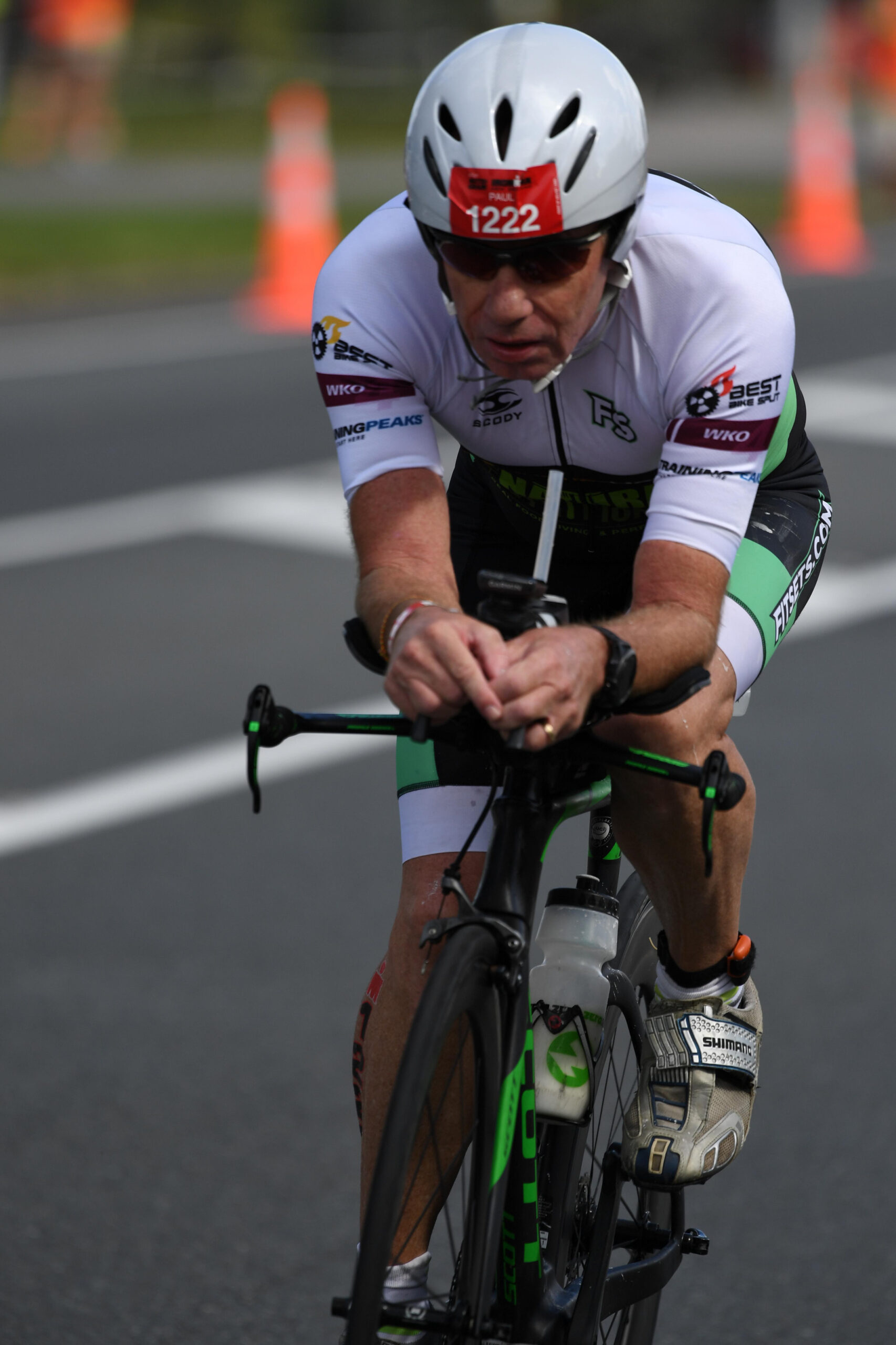
With bike fit there is a strong focus on the seat height, hip angles, Seat fore/aft adjustment as these do influence sustainable power application. For time trials the front setup is as important from a efficiency and economy perspective, especially for 3 to 6 hour races. Read More

On Saturday 3rd March 2018 I was privileged to participate in and complete IRONMAN New Zealand. What a awesome race, great town, welcoming locals, great volunteers and a awesome support crew. Right up there as the best race of the 10 IRONMAN races to date.
I do not say “privileged” lightly as just 4 month earlier I thought my running and triathlon days were over due to a persistent ankle issues. I had a ganglion cyst removed back in May 2017 which compromised by ankle stability making running impossible. After 4 months of rehabilitation there was little progress. In October I started making progress with the help of the Awesome Shena Dale Physiotherapy (Scarborough, Queensland). By late November I was jogging 10km, but real slow at 8 min/km. As that stage I had not done any running since October 2016 when the ankle issue started. I had also stopped cycling and swimming to improve recovery and decrease inflammation.
On December 3rd I support some of my coached athletes at IM Western Australia. The conditions were extreme with a shark scare, heat wave, forest fires and rampaging kangaroos. The race lit the spark and soon after I entered IM New Zealand well knowing it was going to take something special to have a reasonable race. And so the journey to IM #10 began.
As an experienced coach I knew a traditional program would not get me there. Yes I have experience and good base in my favour, but my muscular and aerobic systems were certain well below where they should be for a 20 week program, never mind 10 weeks.
Breaking down the physiological adaptions I needed to complete the 226 km I prioritised by discipline and energy system. This made it evident the run training was going to be the key. IRONMAN is about strength and durability, speed is secondary. A typical program would have 50% of volume as bike miles. As I had no time to ramp training to preferred volumes and my run strength being the weakest I made the call to switch the model a focus on run volume to give me leg strength and aerobic fitness. My Bike program was to focus on threshold and VO2max while limited aerobic relative to traditional programming.
Recovery was going to be pivotal as the program was going to high intensity that I would usually recommend as I was pretty much going straight into build phase for bike and a high ramp rate for run.
I listed the following key recovery non-negotiable strategies which I needed to meet in order for me to absorb the training needed:
I honestly believe each of the above points were the enablers to the aggressive program I had set myself. The biggest lessons and successes came out of the above 7 points. I will be using these golden strategies going forward as general lifestyle rules!
The Training Plan:
Swim: As a reasonably strong, but not fast, swimmer a just did the essentials. Two to three swims a week, mostly endurance. Lots of paddle work, lots of 400m sets. Not much speed work. To be competitive I would need speed work, but not for this event.
Bike: I had no time for ramp up to big days on the bike. My longest ride was 4.5 hours (130km) however I did a 180km day on the wind trainer with two sessions 4 hours in the morning and 1:45 to the evening. My focus was on VO2 max to develop force and Threshold sets to develop power. 70% of volume was on the Wahoo KickR.
Run: I stated with MAF running only for the first 4 weeks. I did do a metabolic test with Jupiter Health to establish my aerobic threshold. This ended up being high value I it proved I was an outlier! 90% of people have an aerobic threshold 180 – their age. This would put me at a heart rate of 125! Though the metabolic testing we established my threshold is 139. This gave me an extra 14 beats to work with! My pace at this heart rate was a little under 8 min/km early in the program. Strict adherence to the limit saw it come down to 6:30 per km in this first phase. The next 6 weeks I kept 75% of volume at MAF, but introduce threshold work. These were 8 min to 20 min interval aimed a improving durability. Nothing fancy, just run, rinse repeat. Two long runs a week with the longest being 30km, the longest day being 4.5 hours made up of two half marathons. Oh, 4 weeks out I did a off road trail marathon, but real easy with lots of walking!
Volumes: Averaged 14 hours per week, biggest week being 19.5 hours
Race Day: Swim (3.8km): 1:09 | Bike (180km): 5:36 | Run (42.2 km): 4:31 | TOTAL (incl transition): 11:31
Swim: (Target 1:05-1:10 Actual: 1:09) Swim went as expected, steady pace, steady heart rate after the turmoil of the mass start.
Bike: (Target 5:45 Actual 5:36) Bike went better than expect. I thought I would struggle in the last 30km but felt strong throughout. The lesson to me is that the lack of long rides did not impact my ability to stay on power or aero late in the ride, in fact I am sure the increased threshold work help with these. (Fuel: 128 gram carbs [UCAN 80grams / Shotz gels 48 grams] and 48 grams fat [MCT Oil])
Run: (Target 4:20 Actual 4:31) My run was great through to 16km when my heart rate dropped from 138 to 125. I simply had no power. No nutritional issue, no muscle fatigue, just no power. I put this down to general accumulated fatigue due a lack of base volume the short program. I kept running at a jog, walked some aid stations and was able to lift the pace a little after 28km. I was a little disappointed with my run at the time but on reflection, given the short training program, I am really happy. (Fuel: Est 120 grams Blocks & Coke)
Reflection: I learnt more in the program and race than in all my earlier IRONMAN races. Not about the training, but about the importance of recovery. The recovery strategies enabled me to absorb the aggressive training, improve physiological adaptions, avoid the typical IRONMAN overload fatigue. I have never flt more in control of my progress, more alert, more confident. This race re-enforce IRONMAN is a strength race, threshold and durability is the key, but build on top a strong aerobic platform.
My Carb intake may seem low to some. Metabolic testing with Jupiter Health showed I am fat adated and can run on fat as a primary fuel. At my race HR of mid to high 130’s I use 37 grams of carbs and 56 grams of fat per hours. As I have approx 450 gram onboard in my liver and muscles, 240 grams over the race was ample. Acknowledge was if I was better prepared and able to “race”at 140+ hr, more would be needed.
Big Thanks to:
Theresa and Mark from Jupiter Health
Primal Endurance
Mair for her unwavering support

With Flu season upon us in Australia we need to be vigilant and make wise decisions about training. Read More

Getting fitter is about balancing training stress with recovery. Far to many athletes believe training volume should be limited by the risk of injury and rarely consider the recovery cycles required for the body to compensate which make us stronger and fitter. The primary recovery is through sleep. Read More
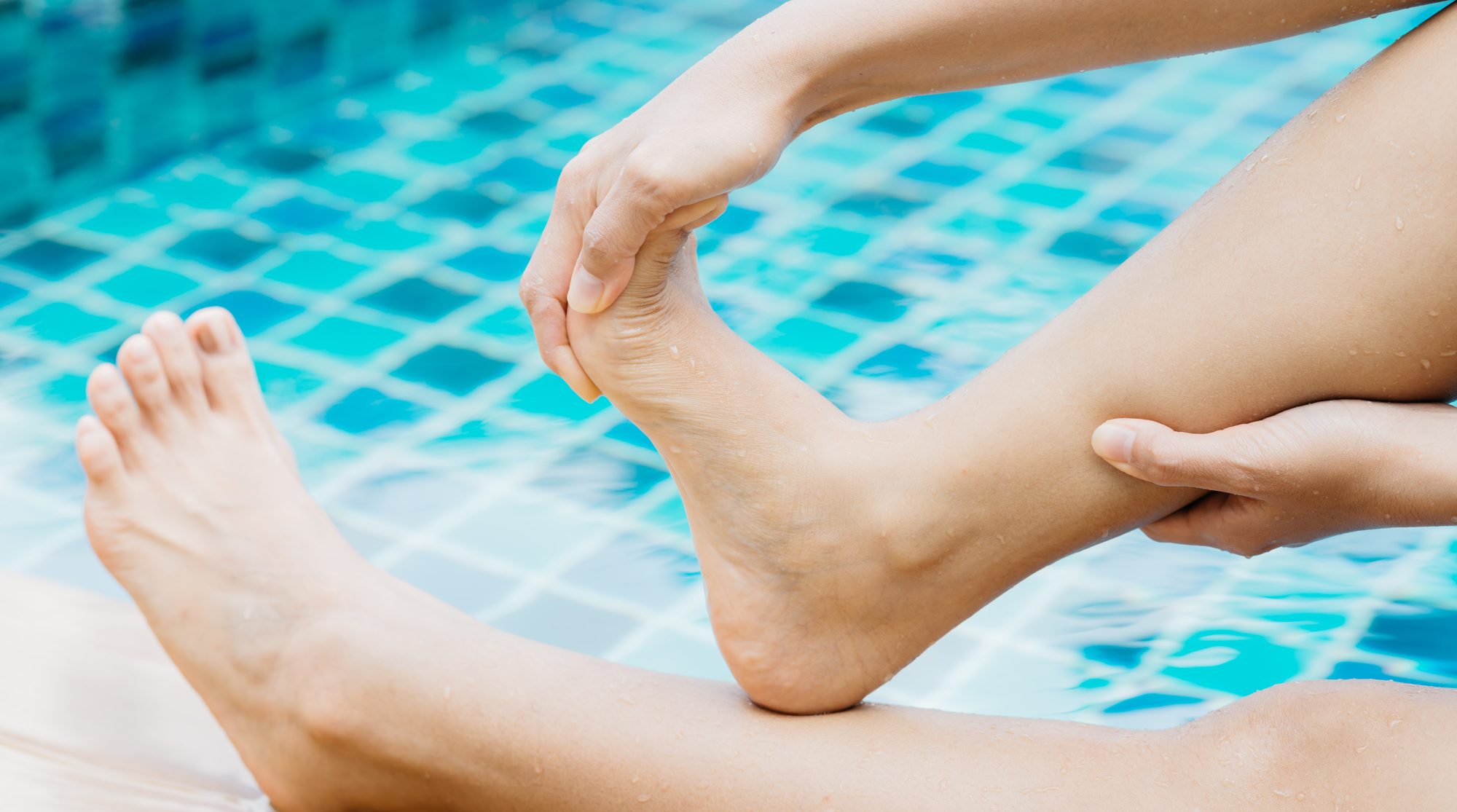
There are a number causes of cramping while swimming, and basically they are the same ones that cause cramping with most other sports and forms of exercise: electrolyte loss, conditioning and unnecessary tension. The most common of these when it comes to swimming is unnecessary tension. Unnecessary tension, like plantar flexing, is an involuntary action that is unnatural. The body will attempt to correct this unnatural position, causing a cramp. Read More